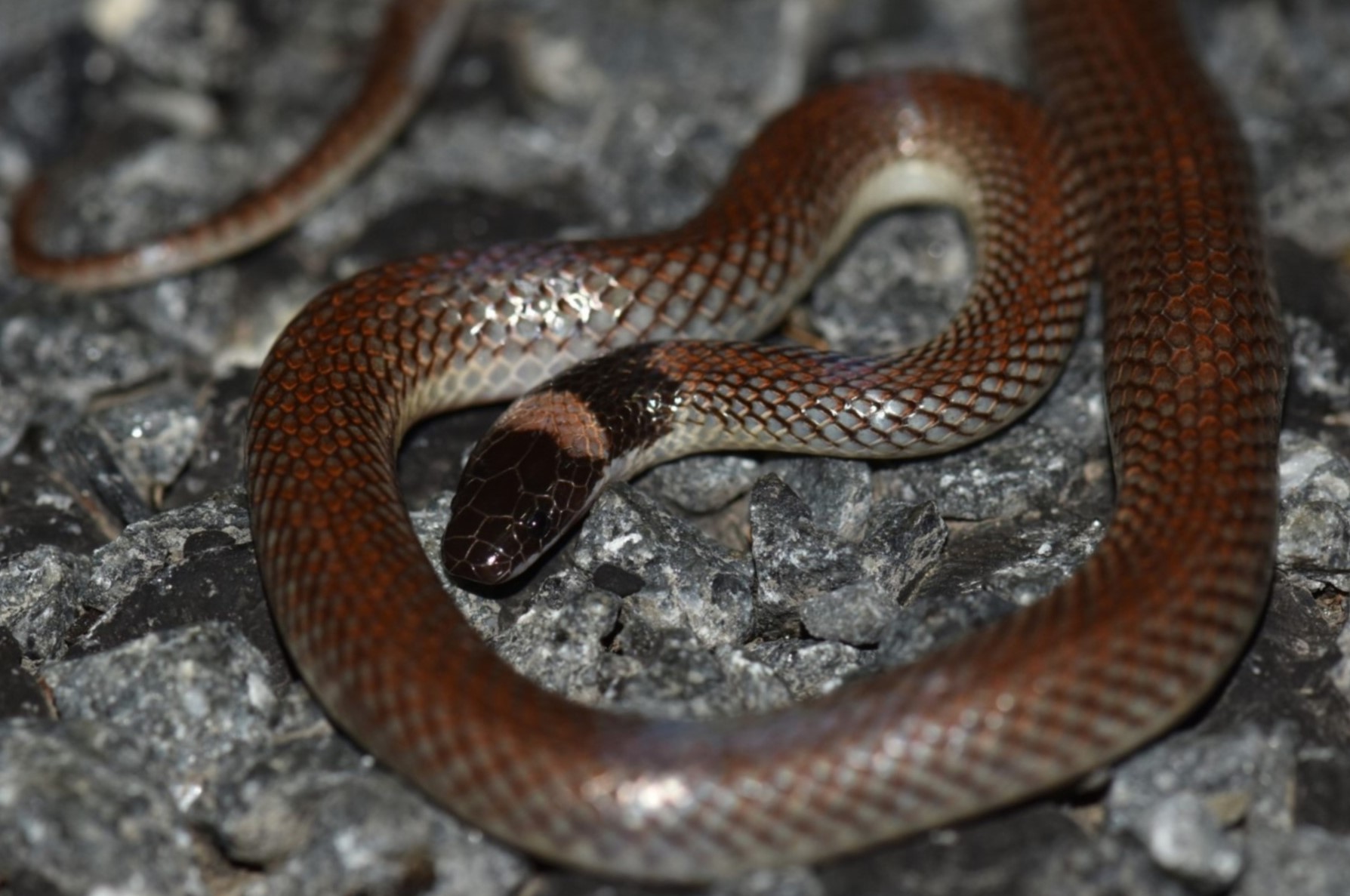
The Red-naped Snake is a fascinating reptile species that captivates both researchers and wildlife enthusiasts alike. Found in various regions around the world, this snake possesses unique characteristics and behaviors that make it incredibly intriguing. In this article, we will explore 12 astonishing facts about the Red-naped Snake, shedding light on its physical attributes, habitat, feeding habits, and more. From its vibrant coloration to its remarkable ability to adapt to different environments, this snake captures the attention of anyone fortunate enough to encounter it. So, prepare to be amazed as we delve into the captivating world of the Red-naped Snake and uncover the secrets that make it an extraordinary creature.
Key Takeaways:
- Red-naped Snakes have a striking appearance with a red mark on their neck, play a vital role in their ecosystem, and are revered in Native American culture for their wisdom and healing symbolism.
- These snakes are nocturnal hunters, use their rattling tail as a warning signal, and engage in intense combat during mating season. They give birth to live young and can live up to 20 years in the wild.
Vibrant and Distinctive Appearance
The Red-naped Snake, scientifically known as Crotalus ruber, is a species of venomous snake that stands out with its striking appearance. It is characterized by its reddish-brown back, adorned with a distinct red mark on the nape of its neck.
Found in Western North America
This species of snake is native to the western part of North America. Its range stretches from California and Oregon, down to the Baja California Peninsula in Mexico.
Venomous But Not Aggressive
The Red-naped Snake possesses venomous fangs, but it is not inherently aggressive. It generally avoids confrontation and will only bite if it feels threatened or cornered.
Nighttime Hunter
These snakes are primarily nocturnal hunters, actively seeking prey under the cover of darkness. They feed on small mammals, lizards, and birds.
Rattlesnake Species
The Red-naped Snake is a species of rattlesnake, known for the distinct rattle on its tail. It uses this rattle as a warning signal to deter potential predators.
Unique Defensive Behavior
In addition to its rattling tail, the Red-naped Snake has a fascinating defensive behavior called “horned coiling.” When threatened, it coils its body, raises its head, and presses the rattle against the ground, creating the illusion of horns.
Mating Rituals
During the mating season, male Red-naped Snakes engage in combat with each other to compete for the attention of females. They engage in intense pushing and wrestling matches to establish dominance.
Live Birth
Unlike most snake species, the Red-naped Snake gives birth to live young rather than laying eggs. The female can give birth to a litter of 5 to 15 offspring.
Long Lifespan
Red-naped Snakes have a relatively long lifespan for a snake species, often living up to 20 years or more in the wild.
Important Ecological Role
As predators, Red-naped Snakes play a crucial role in maintaining the balance of their ecosystem. They help control populations of small mammals and contribute to the overall biodiversity of their habitat.
Conservation Status
The Red-naped Snake is listed as a species of least concern on the International Union for Conservation of Nature (IUCN) Red List. However, habitat loss and fragmentation pose potential threats to their population in certain areas.
Cultural Significance
Throughout history, many Native American tribes have revered the Red-naped Snake as a symbol of wisdom, protection, and healing. It holds a significant place in their folklore and spiritual practices.
Conclusion
In conclusion, the Red-naped Snake is a truly fascinating creature. With its vibrant colors, unique physical features, and interesting behaviors, it captivates the attention of nature enthusiasts and herpetologists alike. From its ability to glide through the air to its venomous bite, the Red-naped Snake is a remarkable species that deserves our admiration and respect.Whether you encounter one in the wild or learn about it through educational resources, the Red-naped Snake is a prime example of the incredible diversity of the animal kingdom. By appreciating and understanding these remarkable creatures, we can foster a greater appreciation for the natural world and work towards its conservation and preservation.So, next time you stumble upon a Red-naped Snake or read about it, remember these astonishing facts and marvel at the wonders of nature.
FAQs
Q: Where can I find Red-naped Snakes?
A: Red-naped Snakes are commonly found in the southwestern United States and northern Mexico, primarily in desert and arid regions.
Q: Are Red-naped Snakes venomous?
A: Yes, Red-naped Snakes are venomous. However, their venom is not considered dangerous to humans and is primarily used for subduing their prey.
Q: What do Red-naped Snakes eat?
A: Red-naped Snakes have a varied diet, which primarily consists of small rodents, lizards, birds, and insects.
Q: How do Red-naped Snakes reproduce?
A: Red-naped Snakes are oviparous, meaning they lay eggs. The female will lay a clutch of eggs, which are then incubated until they hatch.
Q: Can Red-naped Snakes fly?
A: Red-naped Snakes cannot fly. However, they have a unique ability called gliding, where they can flatten their bodies and use the wind to move between trees or other structures.
Q: Are Red-naped Snakes aggressive towards humans?
A: Red-naped Snakes are generally non-aggressive towards humans and will typically only bite if threatened or handled.
Fascinated by Red-naped Snakes? Currumbin Wildlife Sanctuary offers a chance to see Australian wildlife up close. Curious about venomous snakes? Our article explores the world's most dangerous species. Want to learn more about reptile conservation? Discover astonishing facts about Antiguan Racers. From vibrant creatures to critical conservation efforts, there's always something new to uncover in the captivating world of wildlife.
Was this page helpful?
Our commitment to delivering trustworthy and engaging content is at the heart of what we do. Each fact on our site is contributed by real users like you, bringing a wealth of diverse insights and information. To ensure the highest standards of accuracy and reliability, our dedicated editors meticulously review each submission. This process guarantees that the facts we share are not only fascinating but also credible. Trust in our commitment to quality and authenticity as you explore and learn with us.


